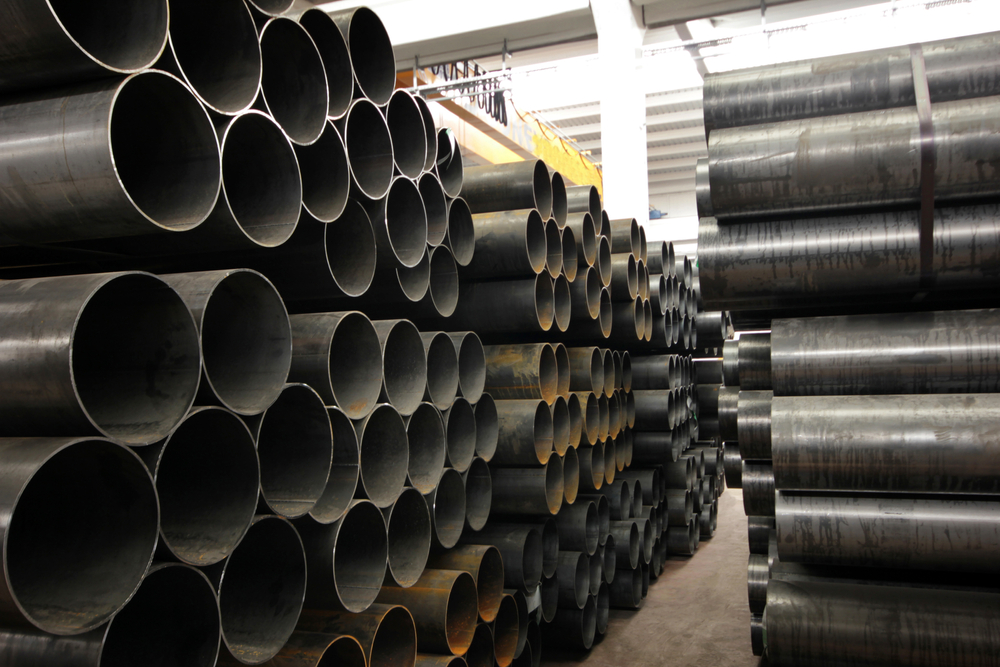Ferritic steel is the most popular type of steel. This kind of steel alloy contains more than 12% chromium. This makes it different from other steel in its molecular grain structure and chemical composition. They are popular for their magnetic properties, ductility, and corrosion resistance.
Another unique feature about this steel is it cannot be inured through heat therapy, but it can be cold worked through toughening. Pipe and piling supply services say that ferritic steel is a workable alternative to austenitic steel. They are mainly classified into 400 series that can be classified into five groups depending on the application and composition.
Properties
Ferritic steel can be distinguished by its body-centric cubic crystal structure. It has a small number of stabilizers, like niobium and titanium, and contains almost 27% chromium. This kind of alloy can show ferromagnetic behavior, which can reach a temperature called the Curie point. Any temperature beyond it can make substance lose their magnetic properties.
The BCC grain property of this alloy allows it to get its natural magnetic structure. Pipe and piling supply services suggest that they also have good engineering characteristics like ductility and adjustability. Though they are very strong, some disadvantages like breaks through the heat-affected zone also exist.
Applications
Pipe and piling supply services say that they can be used for many different things because of their magnetic property. They have properties like induction heating, making them ideal for manufacturing induction cookers. They are also used in manufacturing cooking utensils because they have lower expansion properties and high conductivity.
Some ferritic steel is used for making food processing equipment, dishwashers, and kitchen sinks. Some special steel has molybdenum in it, making it useful for corrosive seawater applications. Not just that, they are equally functional in the automobile industry.
Grades
Ferritic steel is classified into AISI grades which are from 1 to 5. Grades 1 to 3 is standard grades, while grades 4 and 5 are specialty grades. You will mostly notice standard grades being used everywhere, while specialty grade is only used in exceptional cases.
Future Trends
Pipe and piling supply services are using ferritic steel as an alternative to austenitic steel because the latter prices are increasing daily. Some examples of commonly available super ferritic alloy are SEA-CURE, E-Brite, and Monit.
Contact the Industry Expert
Bigfoot Pipe & Piling is the leading supplier of new, used, and surplus steel pipes. So, if you are looking for superior steel pipes, contact us without giving a second thought.

